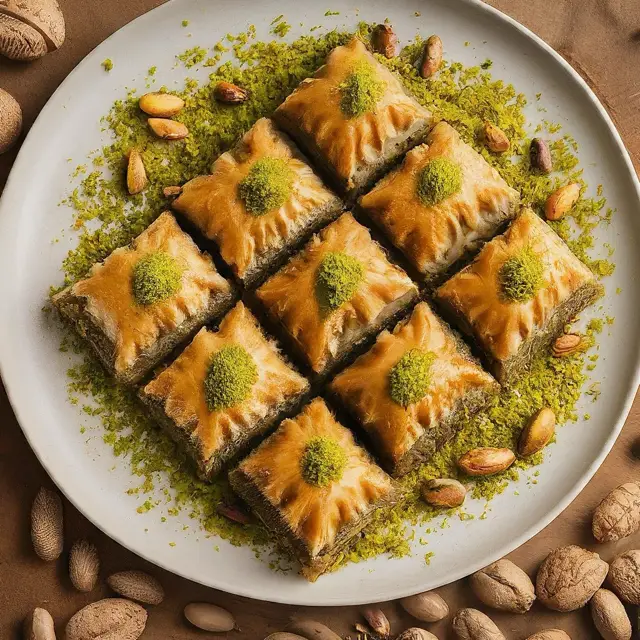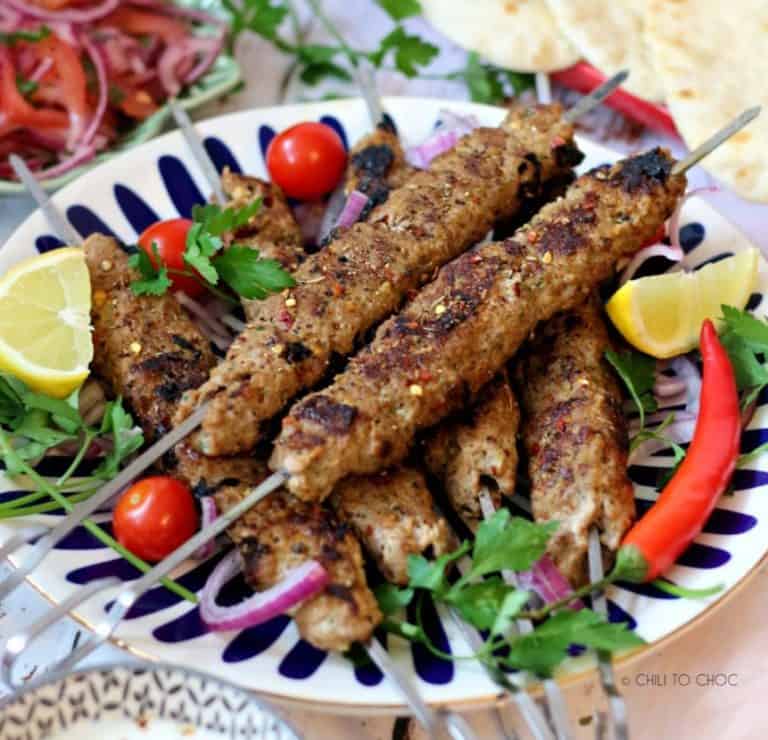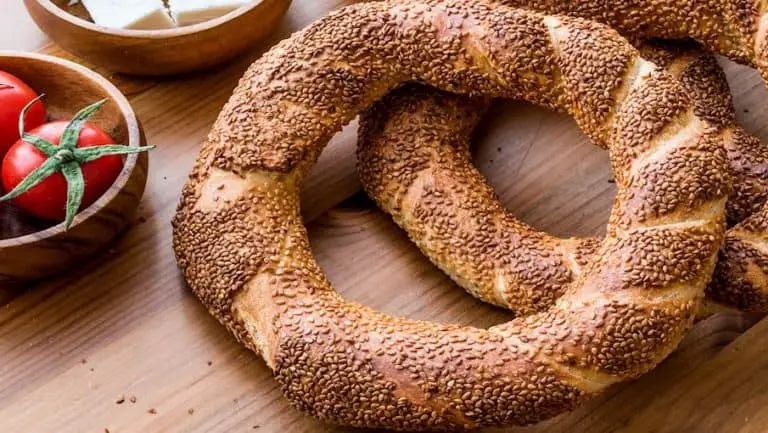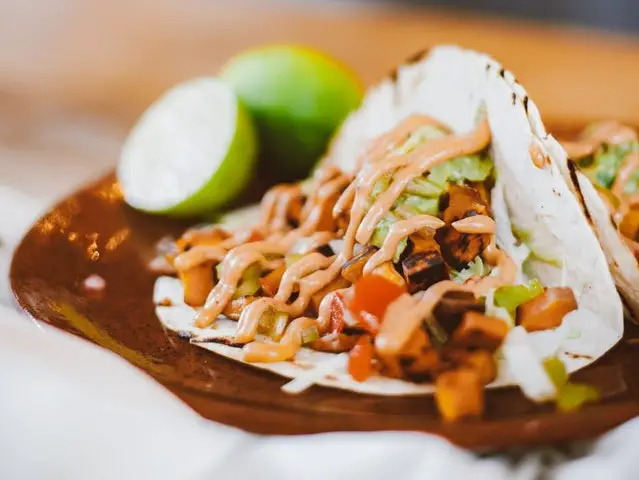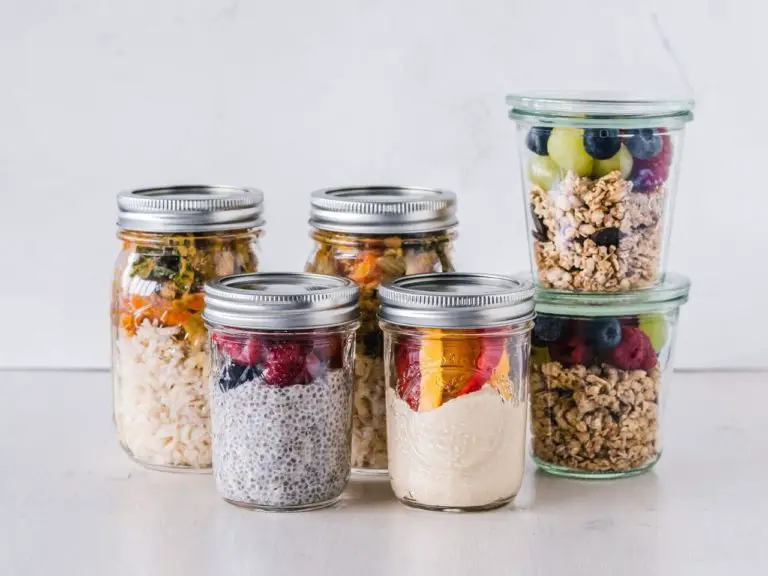Healthy Baklava: Is It Possible?
In the previous article; we introduced the history of Baklava, and how it evolved to what we know today. But another question comes, is it good for your health or how can we make it as healthy as possible.
Baklava is a popular Mediterranean dessert made of layers of phyllo (or Filo in the UK) dough filled with chopped nuts and sweetened with syrup or honey. However, with its high fat, sugar and calorie content from ingredients like phyllo, nuts, and syrup, baklava is not typically considered a “healthy” treat due to its baklava nutrition. Some people seek out keto baklava or paleo baklava versions hoping to enjoy the flavors in a more nutrient-dense way. Is it possible to make baklava in a healthier way while still keeping its classic taste?
Using “Whole Wheat Phyllo” or “Almond Meal Phyllo”
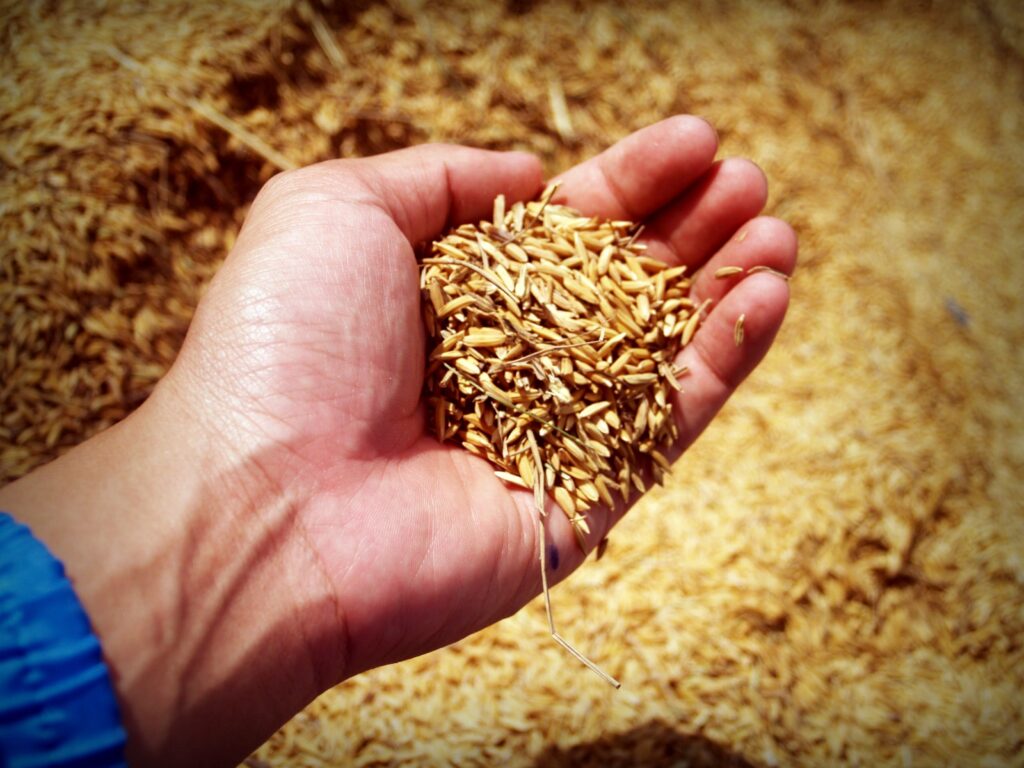
Substituting with whole wheat phyllo or almond meal phyllo can reduce the calories and increase nutrition compared to regular phyllo. Whole wheat phyllo provides fiber, vitamins, and minerals over regular phyllo. Almond meal phyllo is gluten-free and adds healthy fats and protein.
Substituting regular phyllo dough with “whole wheat phyllo” or “almond meal phyllo” is one of the best ways to make baklava more nutritious. Whole wheat and almond meal phyllo have several benefits over regular phyllo dough:
Option 1: Whole Wheat Phyllo
Whole wheat phyllo provides more fiber, vitamins and minerals than regular phyllo made from refined wheat. Some benefits of using whole wheat phyllo include:
- Higher in fiber – One sheet of whole wheat phyllo has about 1g of fiber versus no fiber in regular phyllo. This helps you feel full and promotes digestive health.
- More nutrients – Whole wheat phyllo retains more B vitamins, magnesium, selenium and antioxidants lost during the refining process of regular white flour.
- Gluten-free option – While whole wheat still contains gluten, it provides a healthier gluten-containing option for those not following a gluten-free or paleo diet.
Option 2: Almond Meal Phyllo
Almond meal phyllo dough is made by replacing a portion of the flour with almond flour or almond meal. This makes baklava:
- Higher in healthy fats – Almonds contribute heart-healthy monounsaturated fats linked to reduced disease risk.
- Naturally gluten-free – Almond flour is an ideal substitute for those on a gluten-free or paleo diet looking for gluten-free baklava.
- Richer in vitamins/minerals – Almonds add magnesium, riboflavin, vitamin E and other antioxidants to each layer of phyllo dough.
- Higher in protein – A quarter cup of almond flour provides 6g of protein to keep you feeling full for hours versus regular phyllo dough which has no protein.
By substituting whole wheat or almond meal for some or all of the refined phyllo dough, baklava takes a step toward becoming a healthier treat. The fiber, nutrients and healthy fats help balance out the sweet syrup and nuts.
Choosing Nuts Wisely
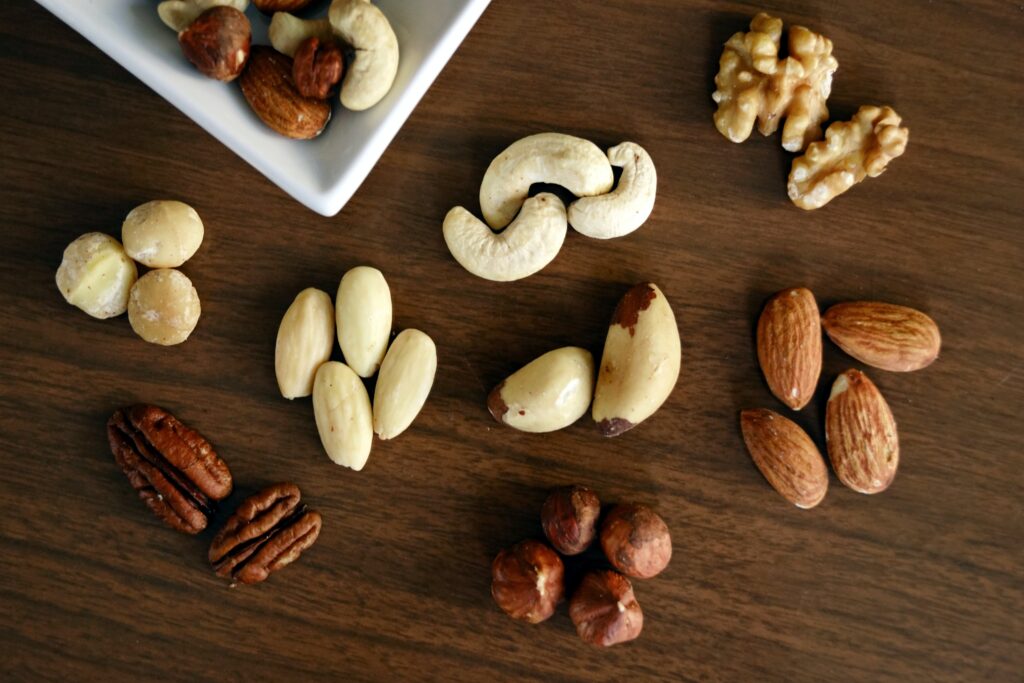
Using nuts like almonds or walnuts which contain heart-healthy fats is a better choice than high fat nuts like pistachios. Optionally roasting the nuts enhances flavor without added fat or sugar.
The type of nut used in baklava can significantly impact its nutritional profile. While nuts are generally healthy, some have more favorable baklava nutrition than others. Choosing the right nuts helps create a healthier baklava.
(1) Heart-Healthy Nut Options
Nuts like almonds and walnuts are excellent choices due to their high concentration of monounsaturated and polyunsaturated fats that support heart health.
- Almonds – Just 1 ounce provides 3.5g of heart-healthy fats and 1g of protein. Their fiber, vitamin E and magnesium also help control appetite and cholesterol levels.
- Walnuts – With 2.5g of alpha-linolenic acid (ALA) omega-3s per ounce, walnuts are among the best plant-based sources of this anti-inflammatory fat.
Both almonds and walnuts are also suitable for keto baklava and paleo diets due to their low carb and sugar content.
(2) Lower Fat Nut Alternatives
While tasty, nuts like (1) pistachios and (2) pine nuts pack more calories and fat per ounce than alternatives like almonds. Moderation is key when using these in baklava to keep it a healthier treat.
Roasted nuts maximize flavor and crunch without adding extra fat or sugar compared to raw nuts. A light roast brings out their natural nutty taste without frying in oil.
By selecting nuts like almonds and walnuts which contain heart-supporting fats and roasting them lightly, the nuts in baklava can enhance both its flavor and nutrition profile. Combined with other tweaks, this helps satisfy a sweet craving in a healthier way.
Modifying the Syrup
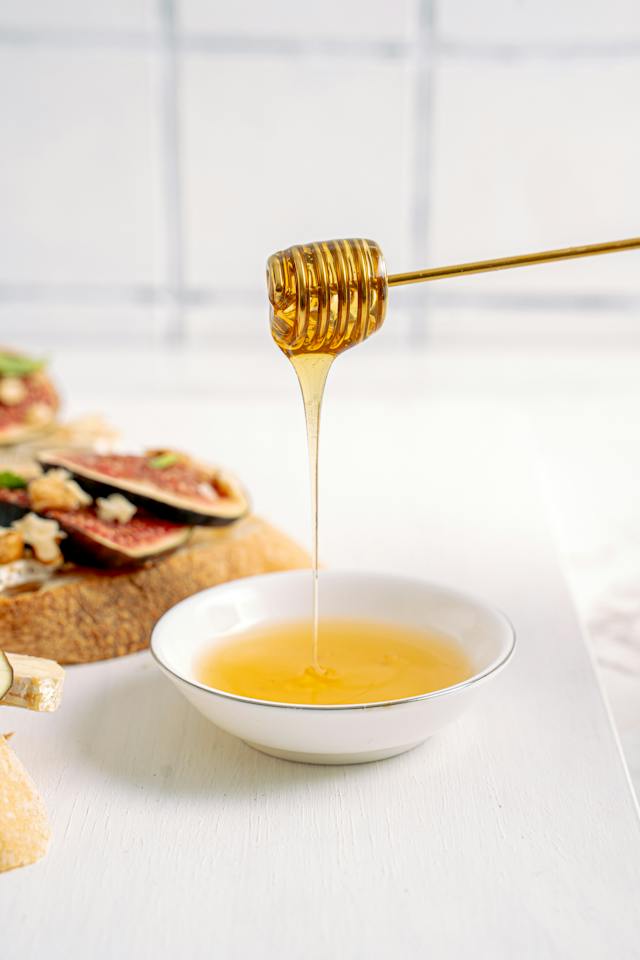
Replacing some sugar in the syrup with honey or maple syrup provides natural sweetness with fewer calories. Using fruit juices like apple or pomegranate instead of just water adds nutrients.
The syrup is what gives baklava its signature sweetness but also contributes the most calories and sugar. Some simple syrup swaps can reduce baklava’s sugar content and impact.
(1) Lower Sugar Syrup Options
- Honey – Substitute half the granulated sugar called for in a syrup recipe with honey for a lighter sweetness profile while still getting some of honey’s health benefits like antioxidants.
- Maple syrup – Use a small amount of real maple syrup in place of some white sugar to add mineral-rich sweetness. One tablespoon has about half the sugar of an equivalent amount of table sugar.
- Fruit juice – Soak the baklava layers in apple or grape juice instead of syrup for natural sweetness with fiber, vitamins and minerals from the fruit. Pomegranate or cherry juice also impart antioxidant-rich color and flavor.
(2) Syrup Variations
- Spice it up – Stir cinnamon, cloves, cardamom or other warming spices into the syrup for flavor without extra calories.
- Citrus twist – Squeeze fresh lemon or orange juice into the syrup and garnish baked baklava with more citrus slices or zest for brightness.
- Herbal infusion – Steep fresh mint, basil or other herbs in the hot syrup then strain before pouring over baklava for aromatic notes.
Modifying the syrup takes baklava from an occasional treat to an option that fits into a mostly whole food, low sugar diet when enjoyed in moderation. Even small syrup changes enhance flavor while reducing the overall sugar content.
Using Fruit Fillings
Fruits like apples, pears or dried fruits can substitute some or all of the nuts, adding vitamins, fiber and natural sweetness. They add moisture and extra nutrition to baklava versus the traditional nut-only filling. Try these fruity ideas:
(1) Berry Bliss
- Mash bananas, strawberries or blueberries and use the puree as a filling between phyllo layers. Berries are high in fiber, vitamins and plant compounds.
- For a gluten-free option, use a fruit-nut mixture with almond or coconut flour phyllo dough.
(2) Citrus Twist
- Spread orange, tangerine or lemon curd or cream cheese between layers for a burst of bright citrus. Curd uses fruit juice versus sugar for sweetness.
- Garnish baked baklava with fresh citrus slices, zest or candied peels for extra flavor and color without extra calories.
(3) Tropical Temptation
- Fill with mango, papaya or pineapple chunks macerated in a small amount of orange or lime juice until soft and juicy.
- Blend fruit into a smooth puree for an easy spreadable filling higher in nutrients than syrup alone.
(4) Apple of Your Baklava
- Diced apples or apple butter provide fiber, vitamin C and potassium. Mix with nuts, cinnamon and a splash of apple cider or juice for moisture.
Fruit lends itself to many creative baklava fillings that boost nutrition and satisfy a sweet tooth. Enjoy fruit fillings in moderation alongside nuts for optimal flavor and health balance.
Some additional fruit filling ideas include apricot, fig, pear, plum or mixed berry compotes. Get creative with seasonal local fruits!
Other tips you might consider
(1) Baking vs. Deep Frying
Deep frying baklava is often traditional, but it significantly increases the fat and calorie content. Baking is a much healthier cooking method that still produces a crispy texture without being greasy.
To bake baklava:
- Lay the phyllo layers as usual, brushing each with melted butter or olive oil.
- Fill and top as a recipe directs. Cut into triangles or diamonds before baking.
- Bake at 325°F for 30-40 minutes, until crisp and golden brown. Check after 30 minutes and tent with foil if browning too quickly.
Baking allows the natural sugars in phyllo, nuts, and syrup to caramelize without fully submerging the baklava in oil. It cuts the fat content by up to two-thirds compared to deep frying.
(2) Portion Control
Even with healthier modifications, baklava is still high in calories due to ingredients like phyllo, nuts, and sweet syrup. Enjoying it in moderation is key.
- Serve baklava in individual portions rather than having a large pan to nibble from.
- Pair it with a fiber-rich food like fresh fruit or vegetables to help slow sugar absorption.
- Consider baklava a sometimes food rather than an everyday treat.
Making multiple small changes creates an overall healthier baklava profile. Baking, using whole grains, nuts, and fruit with less sugar satisfies cravings better than the deep-fried version. Enjoyed occasionally, healthy baklava is an achievable goal.
(3) Nutrition Boosting Toppings
Adding superfood toppings to baked baklava provides extra nutrition without many added calories:
- Crushed pistachios, almonds or walnuts
- Shredded coconut
- Crumbled feta, goat or ricotta cheese
- Chopped dried fruit like apricots, dates or cranberries
- Cacao nibs or unsweetened coconut flakes
(4) Lastly, here are a few more general brief tips for making baklava healthier:
- Use medjool dates or prunes in place of some nuts. Dates add natural sweetness while being lower in fat.
- Make a nut-free version using nut butter like almond or cashew butter between layers instead of whole nuts. This is also a good option for nut allergies.
- Top with edible flowers like rose or orange blossoms for aesthetic appeal without calories. Pistachios or sliced almonds make a nice floral garnish.
- For celebrations, make individual-sized phyllo cups filled with fruit compote or nut butter and topped with crumbs, instead of one large baklava sheet.
- Replace some syrup with a flavored simple syrup using herbal or fruit infusions like mint, ginger, berries, etc. Less sugar and more nutrients.
- Brush layers with nut milk like almond or cashew milk instead of butter for a lighter option. Nut milks provide protein, vitamins and healthy fats.
- Bake at a lower temperature like 300°F for a longer time to allow caramelization without excessive browning. Less burnt spots mean less phyllo gets discarded.
- Store leftovers in the fridge and reheat individual portions in the microwave as needed, rather than having the whole pan out where it’s tempting to mindlessly snack.
Conclusion
With some simple ingredient substitutions and cooking method changes, baklava can still taste delicious while providing more nutrition and fewer calories. A healthy baklava is possible with the right ingredients and cooking methods.

